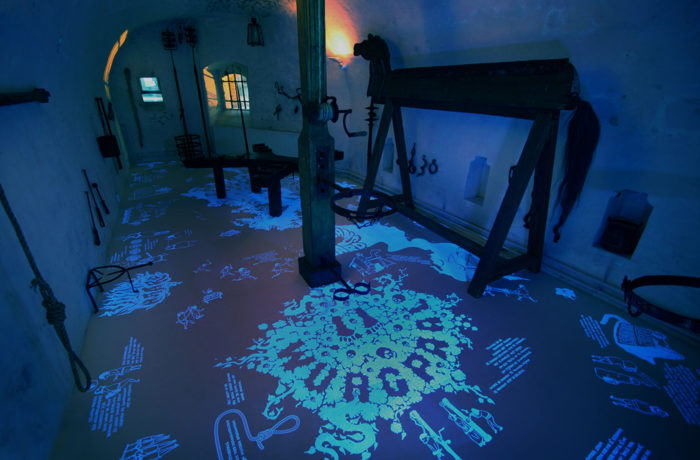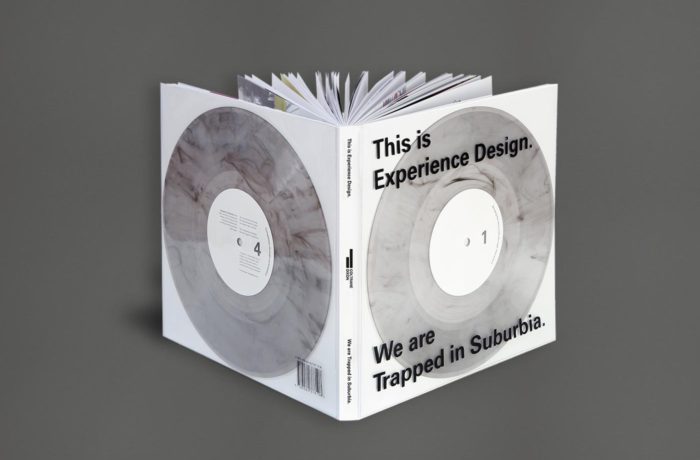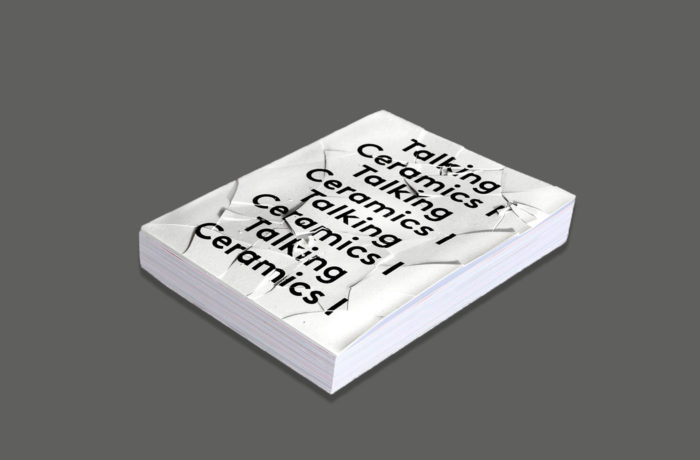Weer Toekomst!
This travelling exhibition presents the story of refugee integration through the photographs of Ahmet Polat, Dutch photography laureate of 2015. The exhibition travels throughout the Netherlands to various venues including museums and universities, consequently the design is formed from a collection of installations able to adapt to the different environments. The various panels present photos, written stories and recorded interviews of each refugee.
An important part of the exhibition is the calendar wall. Each calendar represents one year in the life of a refugee while staying in the Netherlands. The sheets of each calendar can be torn off and taken home to create a do-it-yourself exhibition.
Polat followed several students of UAF, the Foundation for Refugee Students who support highly skilled refugees in the Netherlands by helping with their study and transferring their existing qualifications into acknowledged Dutch ones. The photographs and accompanying stories capture the process of integration for these various individuals and document their new future in the Netherlands.
The name Weer Toekomst sheds a positive light on the new futures for these individuals, especially when ‘future’ can be an uncertainty for refugees.










